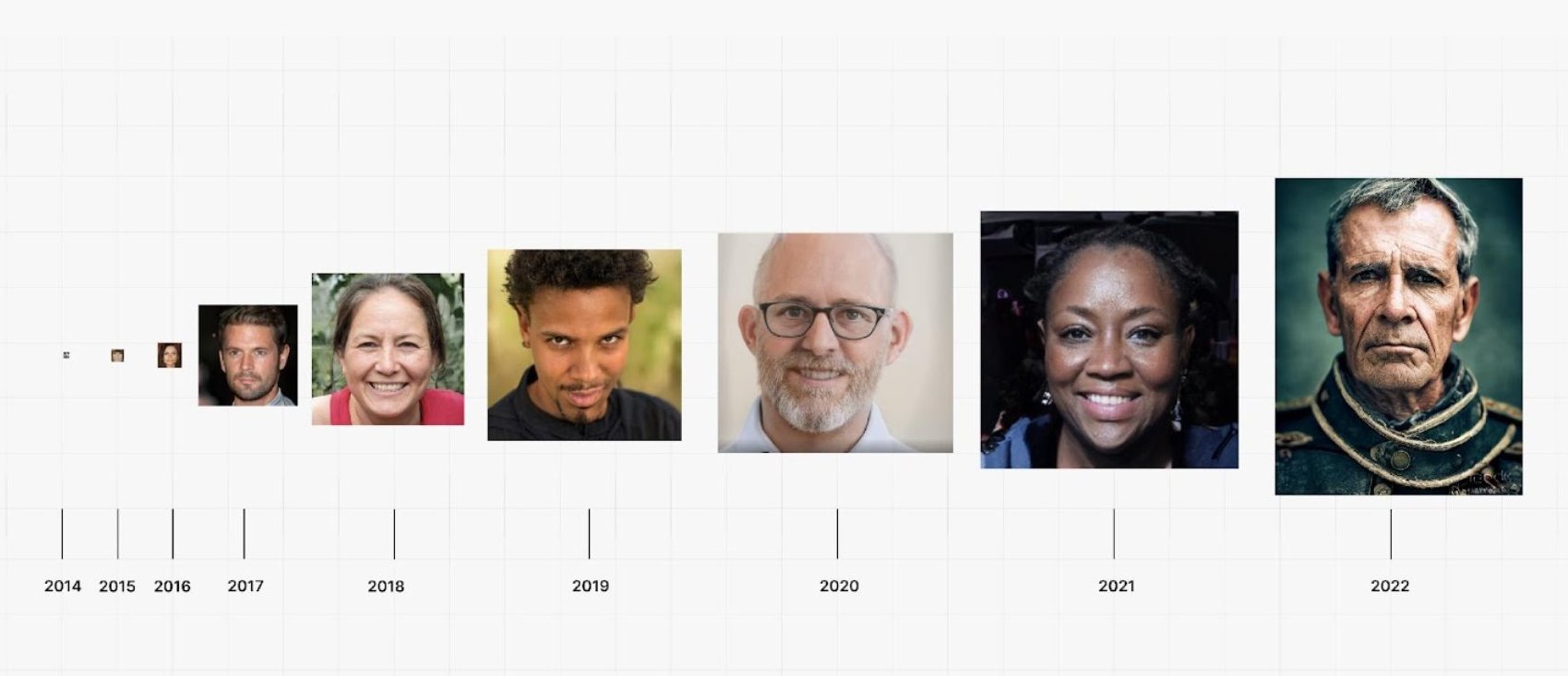Post 6: The evolution of generative models for images 🕰️
Published:
It’s been about 8 years since the first neural networks were used to generate images. The first ones were only a few pixels in resolution and in black and white, but as new architectures were developed (convolutional neural networks, generative adversarial neural networks, transformers, diffusion models), we can now generate high-resolution images that are quite plausible
- Here’s a curious page to see how good we are at detecting whether an image was made by AI or by a person.
- As well as an image bank made by AI
Now there are several websites that test you in detecting images made by AI. Out of 100 images, I was able to correctly detect 67 if they were made by artists or by artificial intelligence 🤕 … That’s almost a coin flip. If you want to try it out, click here. It’s not just an image test, you can also do it with texts.
In my opinion, the most promising generative AIs for the world of proteins are:
And although undoubtedly a protein is more complex than an image, how long will it take to be able to synthesize proteins with a specific function as easily and well-folded as this? 🧐 Perhaps the starting year will be the publication of AlphaFold2 (2021).

